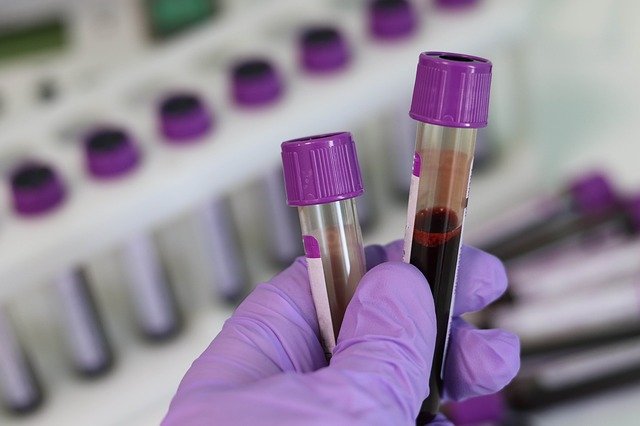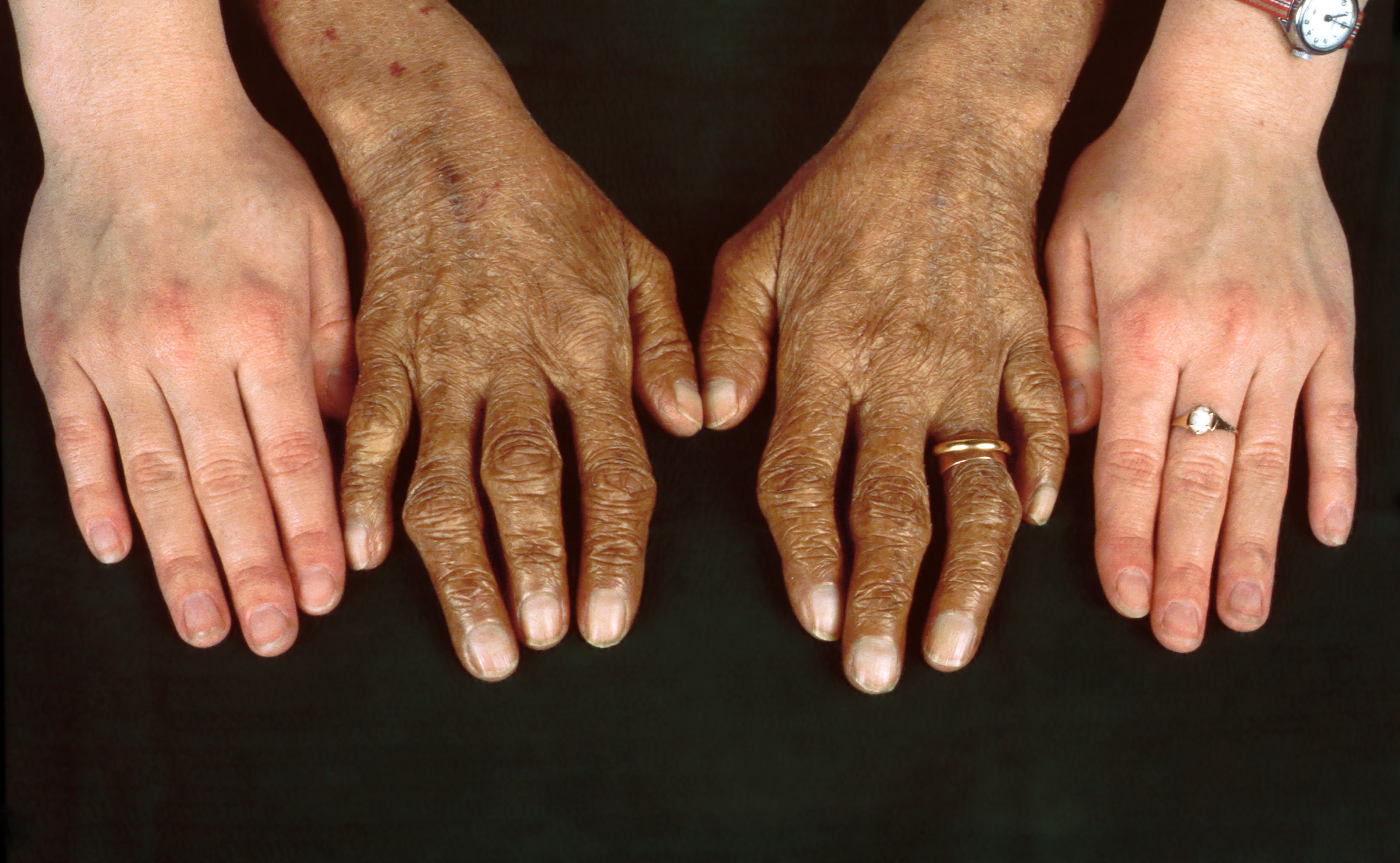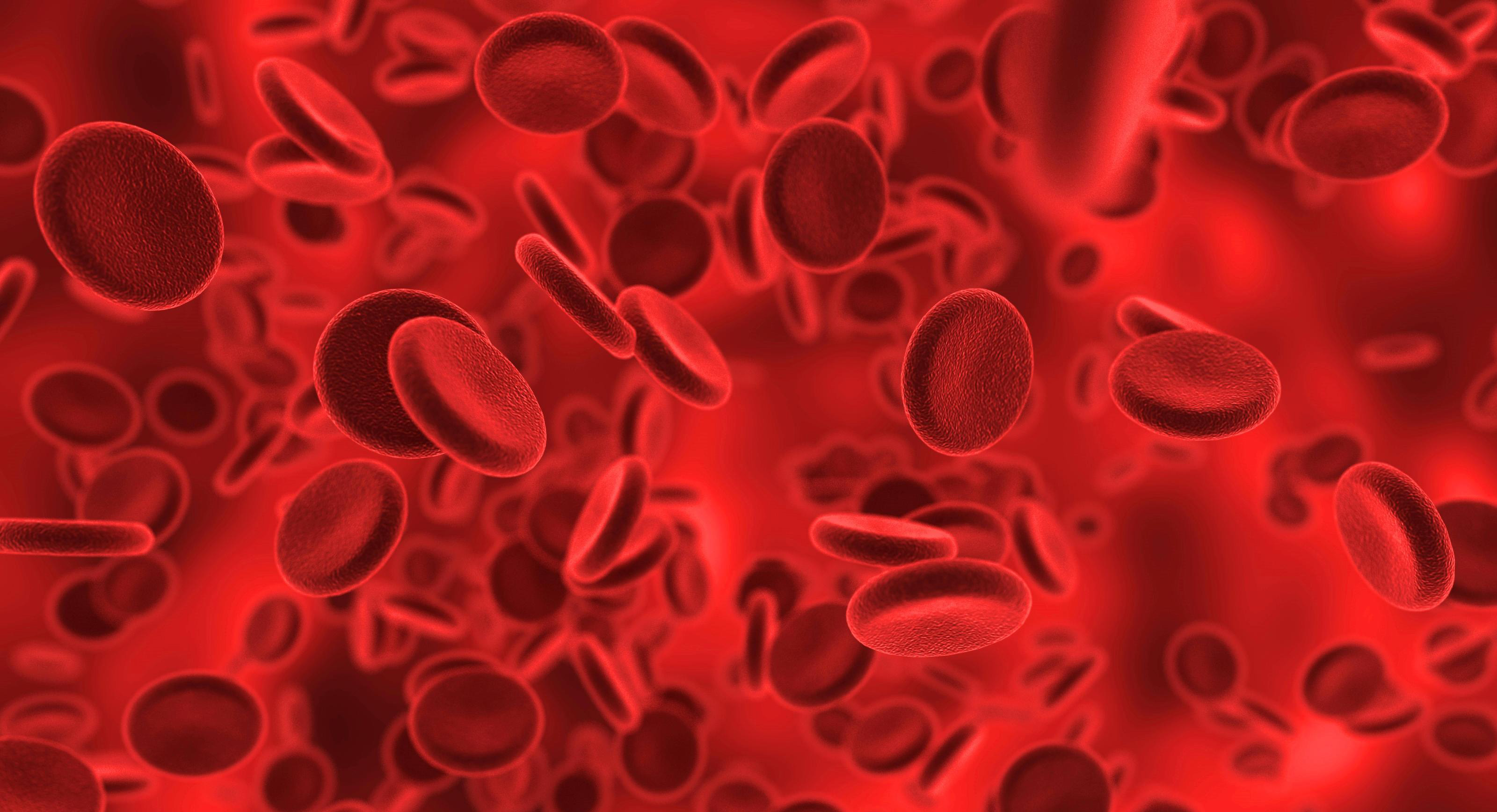[et_pb_section bb_built=”1″][et_pb_row][et_pb_column type=”4_4″][et_pb_text _builder_version=”3.13.1″]
Hemophilia is a hereditary disease that consists of a difficulty or inability of the blood to coagulate.
A small wound, which in normal conditions is insignificant for anyone, for a hemophiliac can be a real problem. The pathology is usually characterized by the appearance of internal and external hemorrhages, as well as other symptoms derived from this situation. The causes of hemophilia are found in the absence, deficiency or inadequate conformation of certain proteins that are part of the so-called coagulation cascade.
Hemophilia is a hereditary disease; its transmission is linked to the X chromosome (sex chromosome), and there is no equivalent allele on the Y chromosome.
Two types of hemophilia can be distinguished; both are characterized by the same symptoms, but they differ in the incorrect factor of the coagulation cascade.
- Hemophilia A: the defect is found in factor VIII. This is the most frequent type, it is the one that manifests itself in 85% of cases.
- Hemophilia B: the defect is in factor IX.
It is a disease caused by the deficiency of F8 or F9 genes that produce factor VIII (FVIII) and factor IX (FIX) of the coagulation of one of these factors in the coagulation system.
Our blood coagulation system works thanks to what is known as the coagulation cascade. There are 13 factors (Factor I to Factor XIII) that work in a chain, if one fails or does not work properly, this cascade, responsible for generating clots before a wound or similar, is interrupted, causing the wounds to bleed more time, thus increasing the risk of internal and external bleeding.
Always take care of your health with a unique and efficient service. Visit Pharmamedic.
[/et_pb_text][/et_pb_column][/et_pb_row][/et_pb_section]







